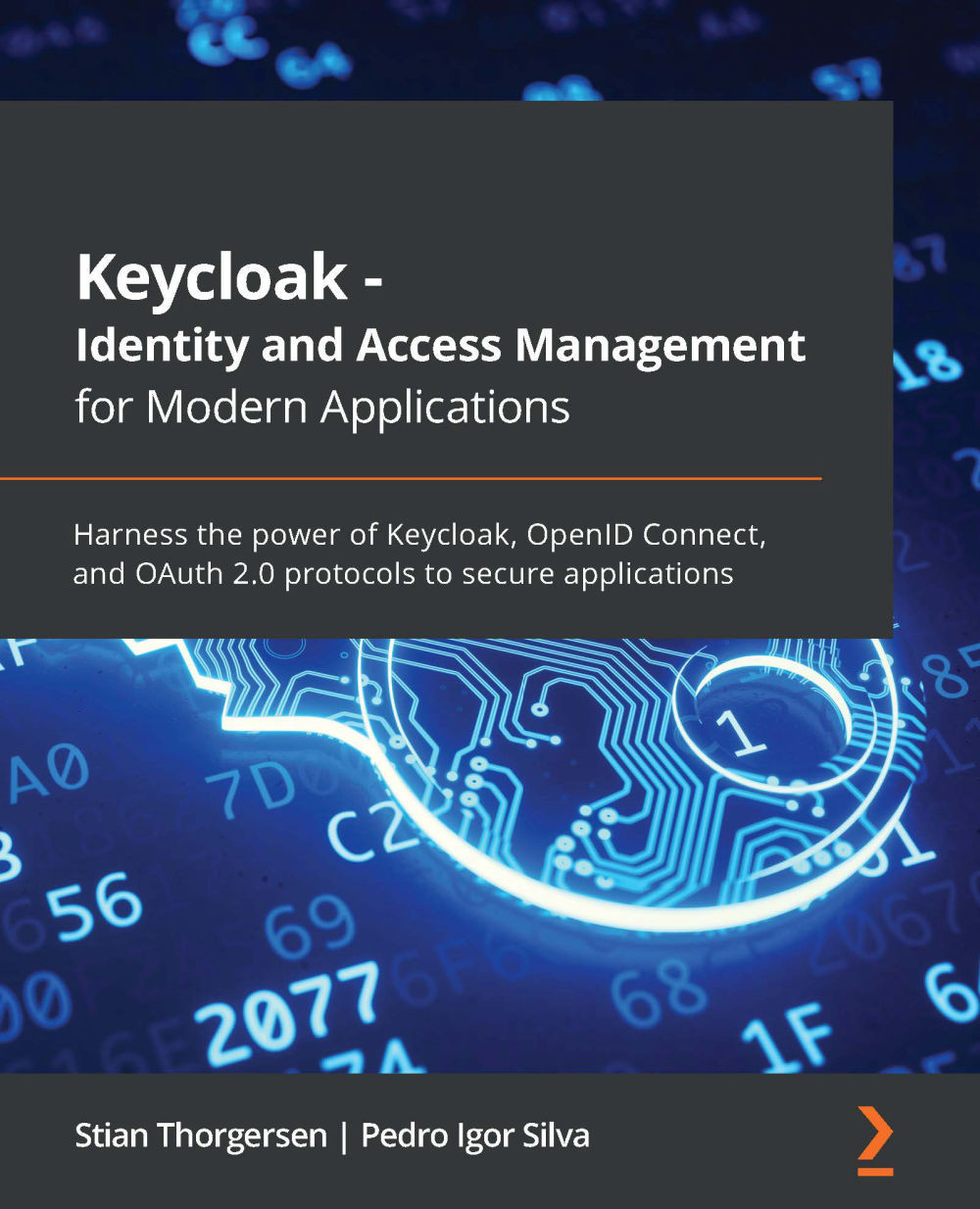-
Book Overview & Buying

-
Table Of Contents
-
Feedback & Rating

Keycloak - Identity and Access Management for Modern Applications
By :

Keycloak - Identity and Access Management for Modern Applications
By:
Overview of this book
Implementing authentication and authorization for applications can be a daunting experience, often leaving them exposed to security vulnerabilities. Keycloak is an open-source solution for identity management and access management for modern applications, which can make a world of difference if you learn how to use it.
Keycloak, helping you get started with using it and securing your applications. Complete with hands-on tutorials, best practices, and self-assessment questions, this easy-to-follow guide will show you how to secure a sample application and then move on to securing different application types. As you progress, you will understand how to configure and manage Keycloak as well as how to leverage some of its more advanced capabilities. Finally, you'll gain insights into securely using Keycloak in production.
By the end of this book, you will have learned how to install and manage Keycloak as well as how to secure new and existing applications.
Table of Contents (21 chapters)
Preface
Section 1: Getting Started with Keycloak
 Free Chapter
Free Chapter
Chapter 1: Getting Started with Keycloak
Chapter 2: Securing Your First Application
Section 2: Securing Applications with Keycloak
Chapter 3: Brief Introduction to Standards
Chapter 4: Authenticating Users with OpenID Connect
Chapter 5: Authorizing Access with OAuth 2.0
Chapter 6: Securing Different Application Types
Chapter 7: Integrating Applications with Keycloak
Chapter 8: Authorization Strategies
Section 3: Configuring and Managing Keycloak
Chapter 9: Configuring Keycloak for Production
Chapter 10: Managing Users
Chapter 11: Authenticating Users
Chapter 12: Managing Tokens and Sessions
Chapter 13: Extending Keycloak
Section 4: Security Considerations
Chapter 14: Securing Keycloak and Applications
Assessments
Customer Reviews

